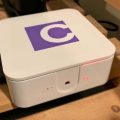
Full nodes are a key part of the Bitcoin (BTC) ecosystem.transactions, but alsosupport network decentralization and provideuser privacy. Full nodes are extremely important for bitcoin, and in this article we will consider what solutions are available today.
What is a full node:
A full node is any computer connected to the blockchain network 24/7 and fully synchronized with it. Full nodes store all blockchain data, starting with the genesis block.
Full nodes serve the network for free, downloadand validate each block with transactions, guided exclusively by the consensus algorithm and are completely independent. Full nodes reject consensus blocks or individual transactions.
Traditionally the simplest and most understandable solutionWhat remains is the deployment of the original Bitcoin Core node, the most popular client of the first cryptocurrency network. This process involves downloading and installing the appropriate software, configuring the necessary options, and then synchronizing the blockchain data.
However, depending on the equipment, thisthe process can sometimes take up to a day or more - obviously not the most convenient option when you want to join the bitcoin network as soon as possible as the owner of a full node. Also, the use of Bitcoin Core involves at least a certain minimum required level of technical competence of the user.
It is quite logical that in a country rich in innovationCompanies have appeared in the crypto community offering alternative ways to run a full node. The recently promoted option with Tesla is, of course, interesting, but in this case we will not consider it - instead, we will focus on the most popular hardware solutions.
Disclaimer: when choosing a productconduct his own study, including reviews about the manufacturer. If the supplier promises to pre-synchronize the blockchain in the package, this point also needs to be carefully examined - no one can give guarantees that the third party will not be an attacker.
Sometimes there may be other situations whereThe manufacturer’s intentions are well-intentioned, but third-party applications can steal critical data - in our case, these are private keys from bitcoin wallets.
Don’t trust - verify!
Casa Node
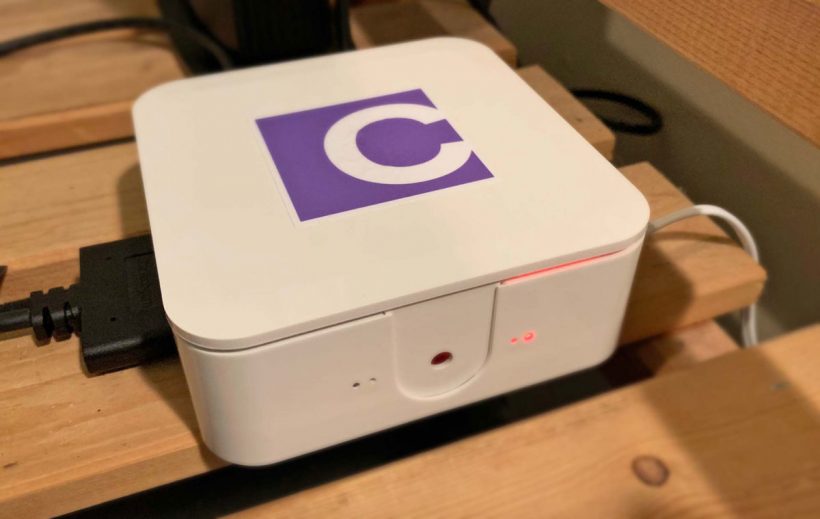
Product from Californian company Casaoffers several subscription plans that include support for hardware wallets, BTCPay Server processing service, private key management solutions and other applications. A reward for supporting the Bitcoin network using the Casa hardware node and contributing to its decentralization can be received weekly.
Company representatives claim that Casa Nodeis the most popular product on the market today in the physical device segment. Casa Node 2, an updated version of the product with double the memory and SSD space, as well as support for Bitcoin Core and the lnd client for the Lightning Network, is expected to begin shipping in early 2020.
Starting price Casa Node - $ 399.
Nodl
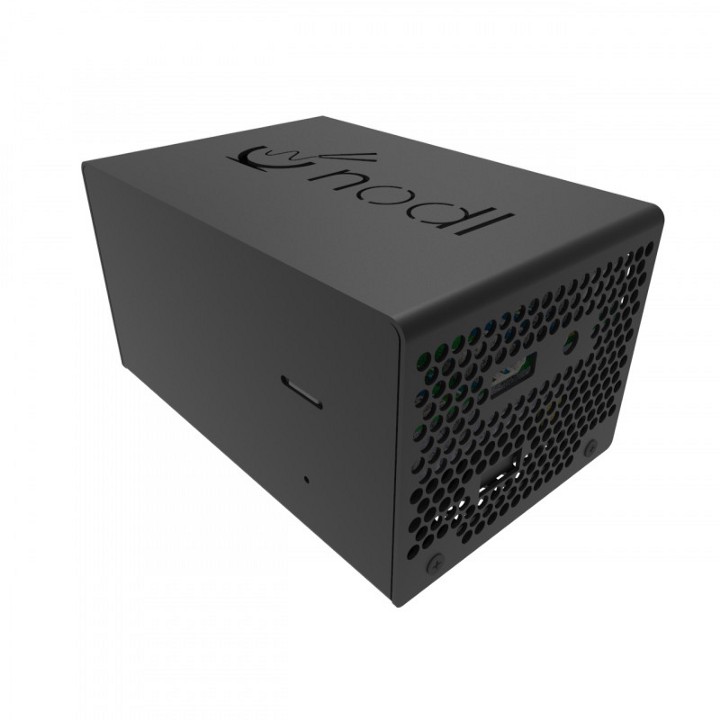
Nodl can be considered a direct competitor to Casa, withIn terms of prices, the company goes a little further, offering a number of premium options. One of them is Nodl Dojo, a device focused on increased user privacy and priced at $849.
The developers offer coin mixing support and Samourai Wallet integration. The cheaper version of the device starts at $499. This includes:
- RAM: 4GB dual-channel LPDDR4
- Storage: 16 GB eMMC (boot) + 1 TB SSD
- Preset: Bitcoin Core, BTCPay Server, ElectrumX, Dojo Server, Whirlpool CLI
An important difference from Casa is the lack of subscriptions, that is, the client pays once for the purchased device.
Lightning in a box
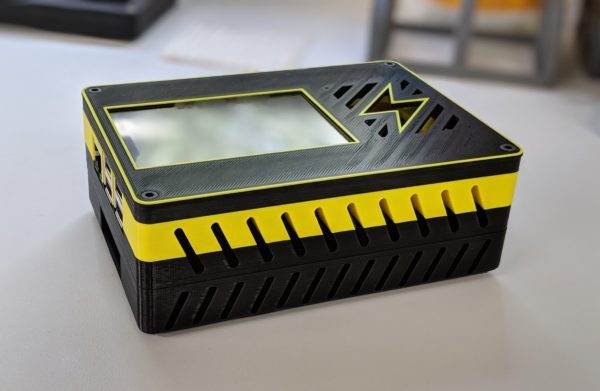
Lightning In A Box is another player in the market, onthis time from New York, offering an alternative to both Casa and Nodl. Among the advantages are a more powerful processor (Intel Celeron J4105, also used on laptops) and wider support for operating systems, including Windows.
- Raspberry Pi Model 4B 2GB
- 32GB SD Card & 1TB Hard Drive & 3.5″ LCD
An additional bonus is the ability to customize to the user's needs. Native support for Lightning Network and BTCPay Server.
Starting price - from $ 315 per device.
Lux node
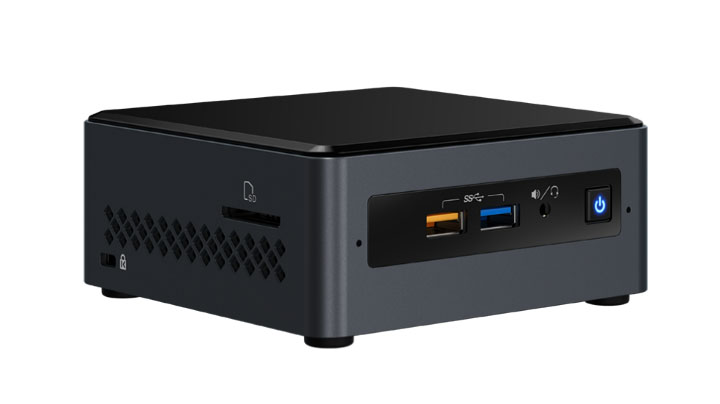
A relatively young company from Miami alsodecided to compete with the “heavyweights” by offering her own version of a hardware node. At the same time, having the same pre-installed Bitcoin Core, BTCPay Server and the lnd protocol for the Lightning Network, Lux Node runs on Ubuntu and offers 8 GB of RAM - twice as much as all the above devices.
Also included by default are Bitrefill's Lightning Network-centric Ride the Lightning and Thor clients.
The young age of the company makes you be more careful when buying. Starting price - from $ 399.
myNode
Based in AlabamamyNode offered its own version of a pre-synced hardware node, which included built-in support for Tor and VPN, a block explorer and, of course, the Lighting Network with QR codes.
All this fun works with a starting price of $ 219 on the Electrum server.
Raspiblitz
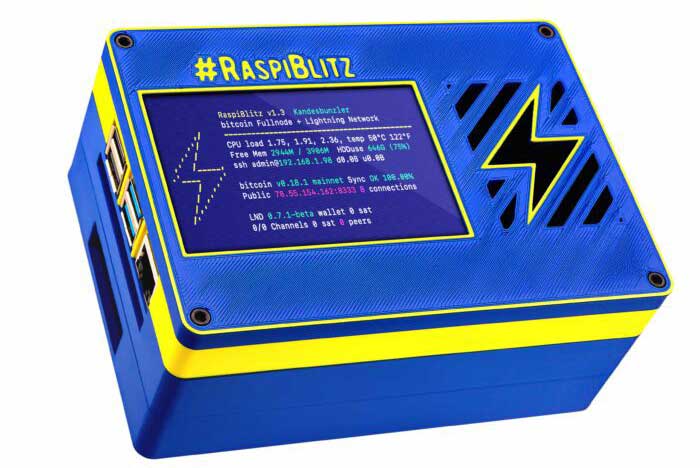
Berlin-based startup Fulmo has unveiled a DIY (do-it-yourself) Raspberry Pi4 + SSD hardware kit that includes a full Bitcoin node and Lightning Network with its own operating system.
For $ 185, you can get a fully synchronized Bitcoin blockchain + a full node for the Lightning Network with the possibility of receiving rewards for processing payments.
This is certainly a very short overview of the availableon the market for complete node offerings for the Bitcoin network and related Lightning Network solutions. There are other offers not included in this list. Nevertheless, all of them should still be treated with caution, remembering the experimental nature of the technology, and not spend more than you can afford.
</p>Rate this publication
